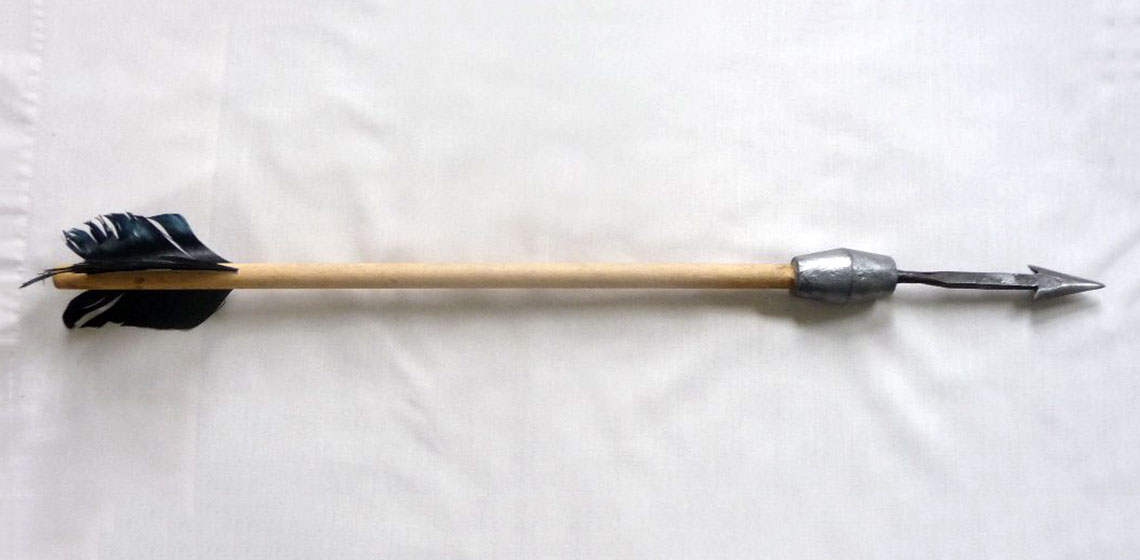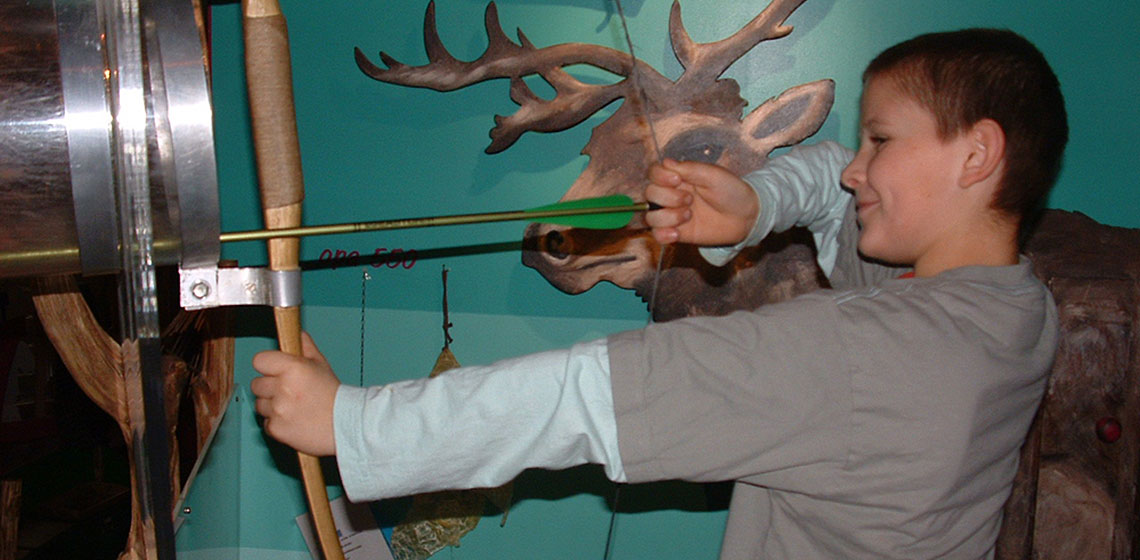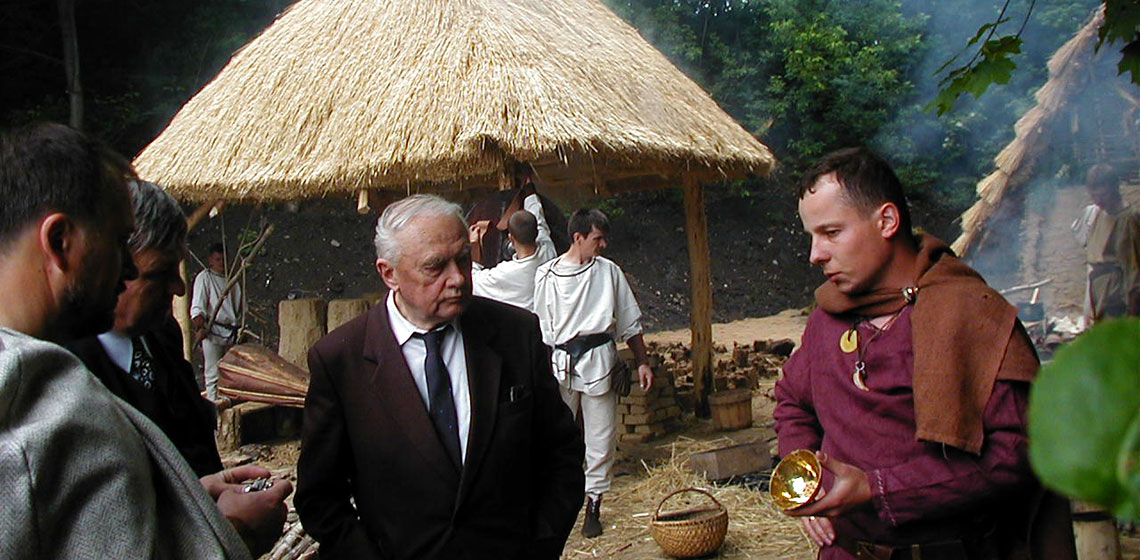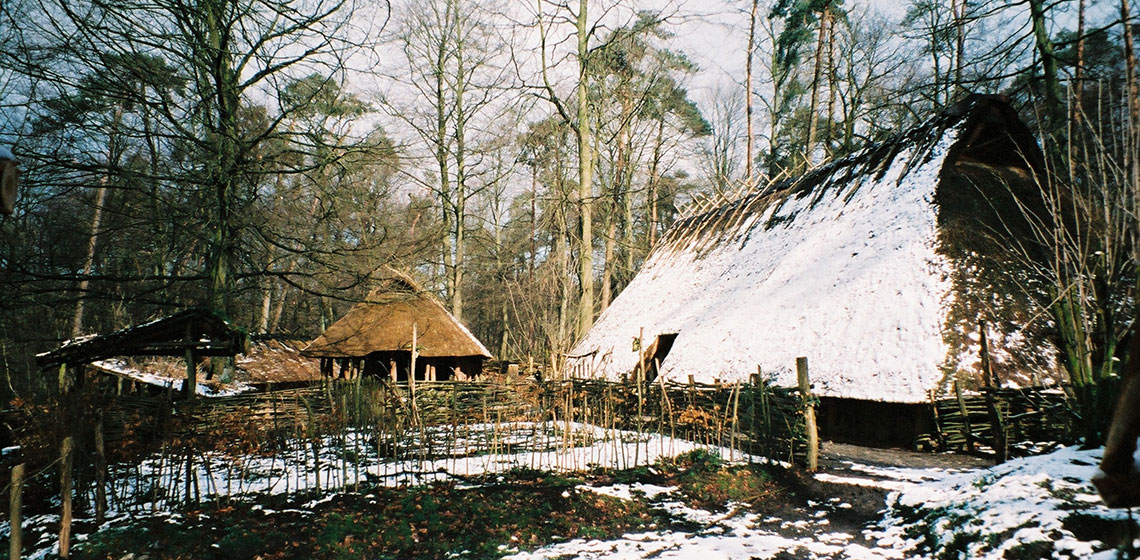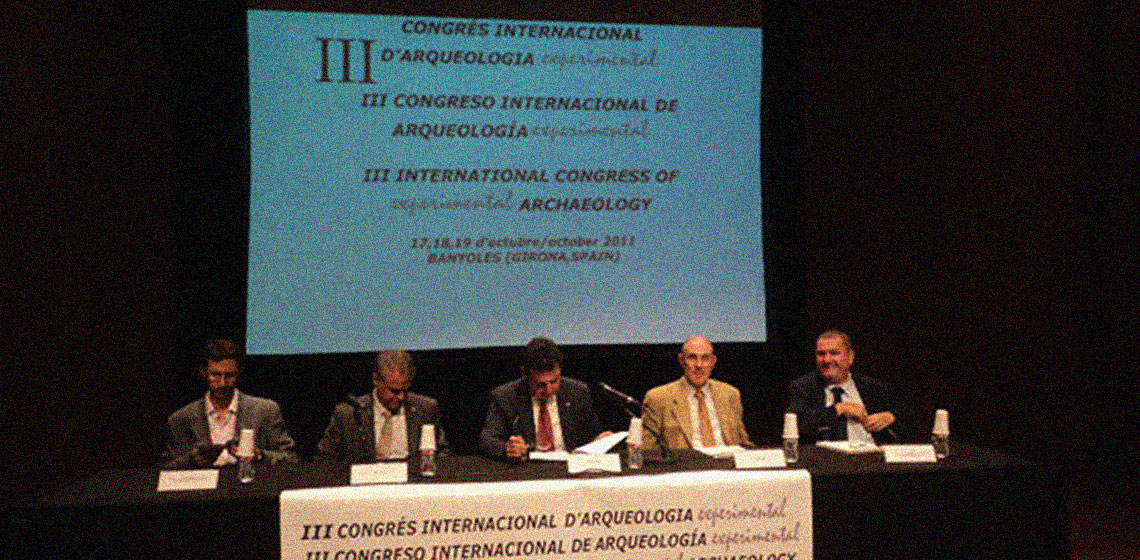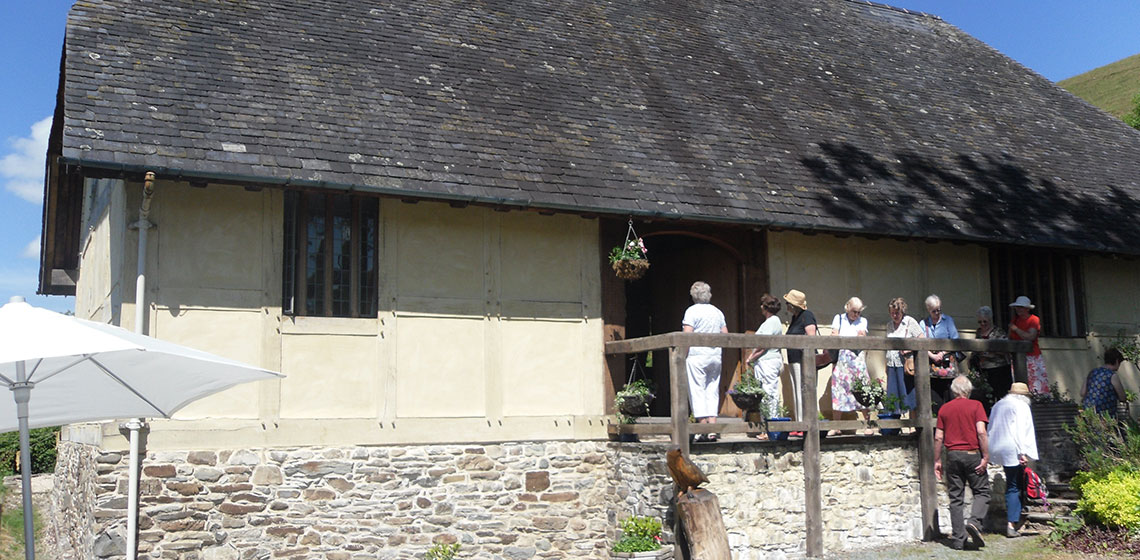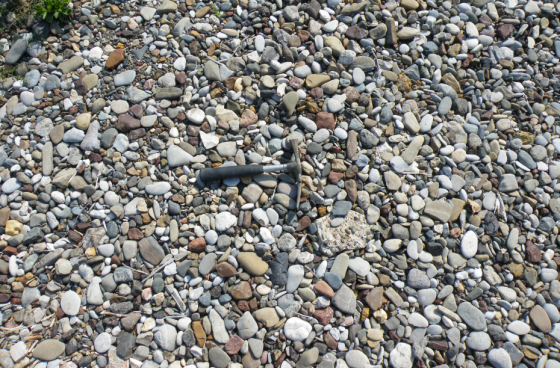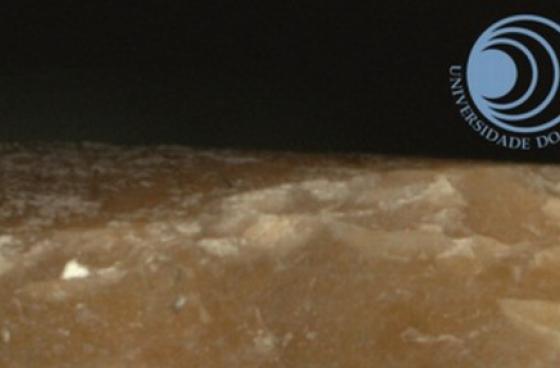Roman Era
Interview: Helmut ‘Hugo’ Windl
Publication Date
Archaeology Starts Just Outside Your Door! Experimental archaeology in Austria carries a name: Hofrat Dr Helmut ‘Hugo’ Windl (born 1944). Windl, has, from the start of his academic career, stood strong for the establishment of this practical form of research in the Alp Republic...
Book Review: Die Knochen- und Geweihgeräte der Feddersen Wierde by Katrin Struckmeyer
Publication Date
The purpose of this book, which was originally presented as a dissertation at Hamburg University, is to present the 1,293 bone, antler, horn and ivory tools that were found at the terp settlement Feddersen Wierde in the coastal area of Lower Saxony, Germany, and to decide on the possible functions of the tools.
The Use of Metal Moulds to Cast Lead Weights onto the Wooden Shaft of a Plumbata
Publication Date
Plumbata - Plural plumbatae. a projectile weapon used during the latter part of the Roman period – a fletched dart. They usually consisted of a barbed iron head with a lead weight fitted to a fletched wooden shaft. Plumbatae have been found on several sites in Britain and abroad and written evidence for their existence has been reported in the fourth century by Vegitius...
Public Outreach in the Drents Museum in Assen (NL)
Publication Date
Part of my job as museum teacher at the Drents Museum in Assen is attending to the all the groups that visit our museum. This includes the great number of children, both elementary school and high school students, that visit our museum. A lot of children think of a museum as a boring place where there is nothing to do but look at old paintings...
Obituary: Kazimierz Bielenin (29 January 1923 - 19 November 2011)
Publication Date
On the 19th of November 2011, Prof. dr hab. Kazimierz Bielenin died in Kraków after a long and exhausting illness. He was a great scientist and scholar but also a very modest man with a great personality...
Archaeological Open-Air Museums in the Netherlands, a Bit of History
Publication Date
This article is a result of my interest in, and experience with, archaeological open-air museums. With the start of HOME Eindhoven in 1982, I became actively involved in these museums and I was one of the people involved from the first moment in EXARC. From 2005 onward, I have been conducting postgraduate research at the University of Exeter into archaeological open-air museums...
Conference Review: III Congrès Internacional d’Arqueologia Experimental
Publication Date
From 17 - 19 October 2011 in Banyoles, Spain, the third international congress of experimental archeology took place, organized by the Asociacion Experimenta. Banyoles 2011 was a very intense conference, with over 50 speakers in three days, the quality of presentations was particularly high, as well as the presence of young, skilled and passionate researchers...
Discussion: Archaeological Reconstruction in Situ
Publication Date
Is interpreting a site’s past only possible at that site itself? Is a site better off without reconstruction and interpretation because it only damages the original material, if any is still left? Or is this the only way to salvage the story of the site for the generations to come? Ten authors were asked to give their views on the quote: “archaeological reconstruction in situ is the best way to tell the site's own story - on site. Otherwise the site is destroyed or the story lost" – and it is not that straightforward a yes or no.
12th International Symposium on Knappable Materials
Date
-
Organised by
Department of Archaeology, Hungarian National Museum (HNM)
Country
- Hungary
Knappable materials include any which can be worked by the technique of knapping: flint, chert, obsidian and other rocks, even artifical materials like glass. The special theme selected for ISKM 12 is Bedrock and Alluvial: Primary and Secondary Raw Material Sources....
International conference on use-wear analysis
Date
-
Organised by
the University of Algarve, Portugal
Country
- Portugal
Taking into account the unquestionable success of the last scientific meetings on the development of use-wear studies in archaeology over the last two decades, we are pleased to announce that we are organizing an International conference on use-wear analysis...



